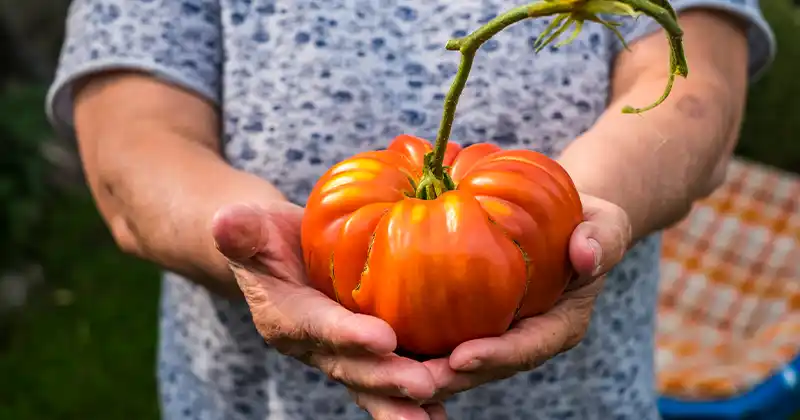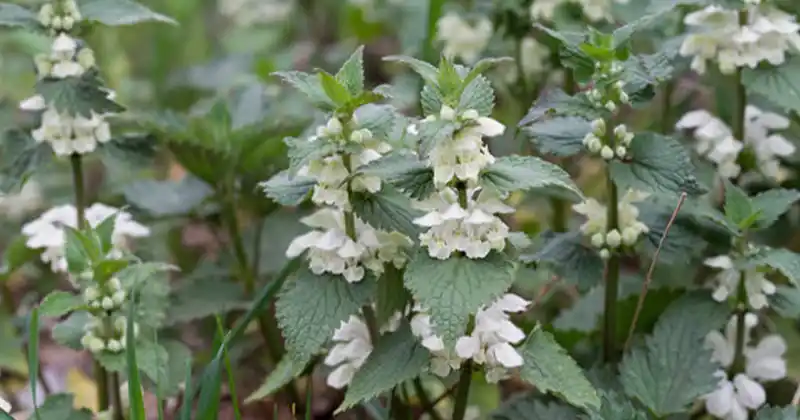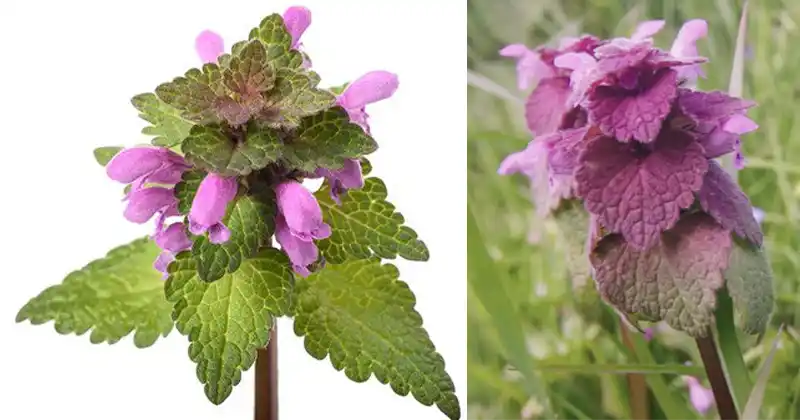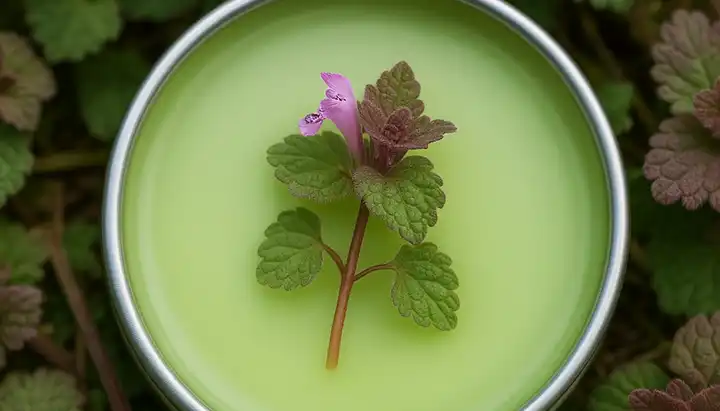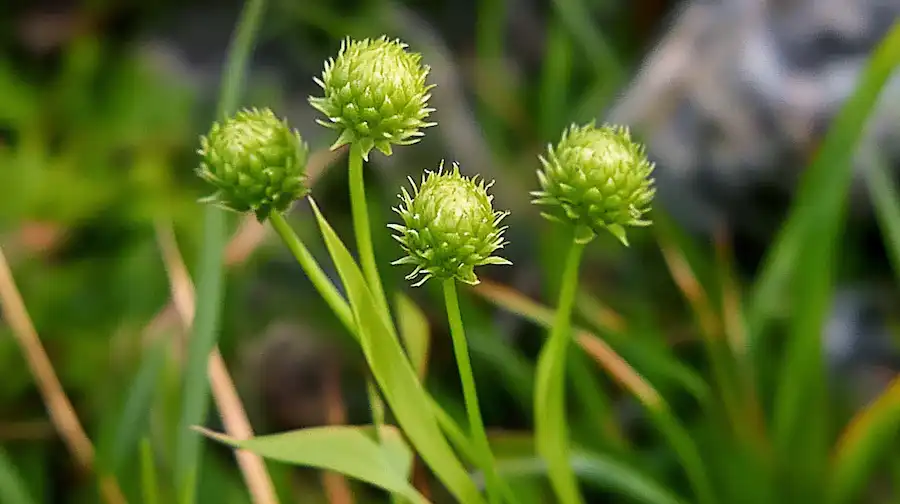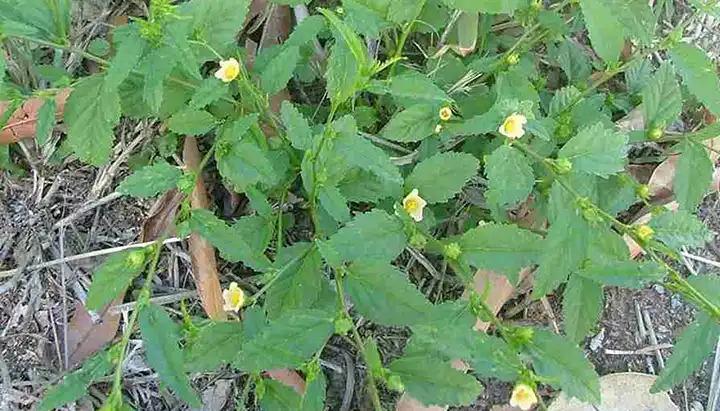7 Vital Tips for Growing Potatoes: Ensuring a Bountiful Harvest
Growing potatoes in your home garden can be deeply satisfying, offering a rewarding harvest of one of the most versatile kitchen staples. However, achieving a plentiful and healthy potato crop requires attention to several key gardening practices. Here’s a detailed guide on seven essential tips for cultivating potatoes, ensuring you maximize your yield and enjoy the fruits of your labor.
1. Choose the Right Variety

Tip: Select potato varieties that are well-suited to your climate and soil type. Consider early, mid-season, and late varieties to extend your harvest throughout the growing season.
Benefits: Choosing the appropriate variety for your area ensures better growth, disease resistance, and yield. For more on this, explore the ultimate guide to growing your own potatoes.
2. Start with Certified Seed Potatoes
Tip: Use certified seed potatoes rather than grocery store potatoes. These are guaranteed to be disease-free and bred for optimal growth in garden conditions.
Benefits: Starting with certified seed potatoes reduces the risk of introducing diseases into your garden and ensures a healthier crop. Learn more about this in the secret to growing huge potatoes.
3. Plant at the Right Time

Tip: Plant your potatoes after the danger of frost has passed but while the soil is still cool. In many regions, this means planting as early as two weeks before the last expected frost.
Benefits: Timing your planting correctly helps ensure that the plants will not be damaged by frost and that they have a long enough growing season to mature fully.
4. Prepare the Soil Properly
Tip: Ensure that your planting area is well-draining and that the soil is loose and rich in organic matter. Consider tilling and amending the soil with compost before planting.
Benefits: Potatoes thrive in loose, fertile soil, which allows for proper root development and easy tuber expansion.
5. Implement Hilling
Tip: As the potato plants grow, periodically mound soil around the base of the plants. This process, known as hilling, helps cover the growing tubers and prevents sunlight exposure which can turn potatoes green and toxic.
Benefits: Hilling increases the productive space of the plant, leading to a higher yield, and prevents the formation of solanine, a toxic compound in green potatoes. For more insights, check out 7 plants to avoid planting near potatoes.
6. Water Efficiently
Tip: Potatoes require consistent moisture, especially during the period when tubers are forming. Aim for about 1 to 2 inches of water per week, including rainfall.
Benefits: Consistent, adequate watering prevents the tubers from becoming dry or misshapen and promotes a uniform, healthy crop.
7. Monitor for Pests and Diseases
Tip: Keep an eye on your plants for signs of pests or diseases. Common issues include potato beetles and blight.
Benefits: Early detection and management of pests and diseases can save your crop from significant damage, ensuring a fruitful harvest.
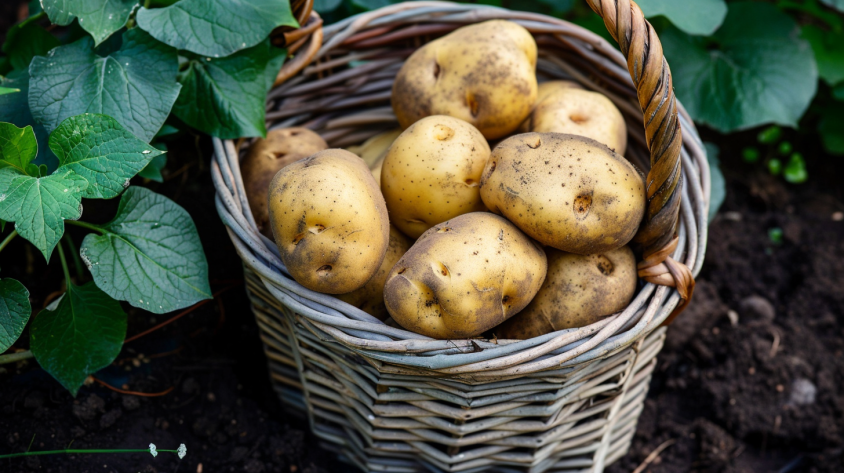
Mastering Potato Cultivation
With these seven essential tips, you can enhance your potato-growing skills and enjoy a plentiful harvest. Potatoes not only provide satisfaction from growing your own food but also bring versatility to your culinary creations. Start planning your potato garden today and reap the rewards of your efforts.

